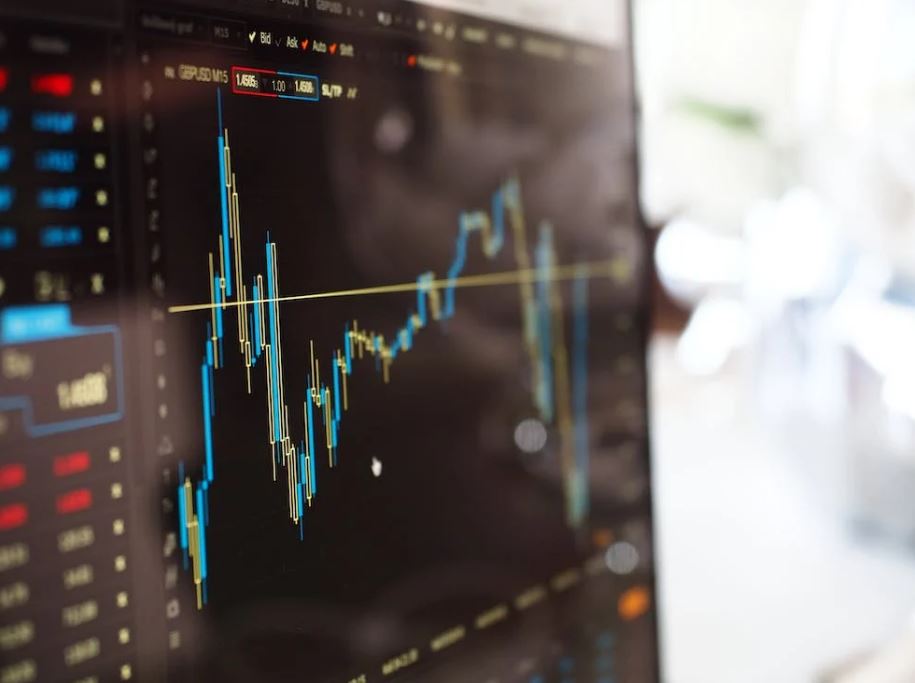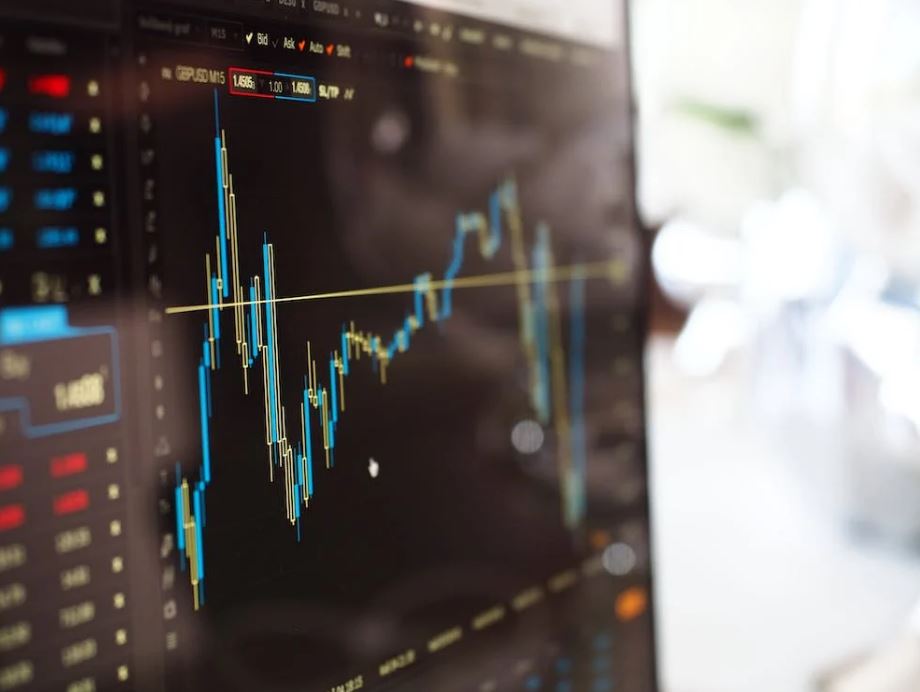
Introduction to IPOs
An Initial Public Offering (IPO) serves as a pivotal moment for companies seeking to expand their horizons by offering shares to the public for the first time. This guide offers valuable insights into the world of IPOs, shedding light on their significance, processes, and key considerations for both companies and potential investors.
Understanding the IPO Process in 7 Simple Steps
1. Preparation for Going Public
In this section, we delve into the crucial initial steps a company takes when considering an IPO. Learn about the selection of underwriters, financial audits, and regulatory compliance efforts that set the groundwork for a successful IPO.
2. Filing with Regulatory Authorities
Discover the intricacies of the paperwork as companies navigate the regulatory landscape. Insights are provided on essential documents like the prospectus, which provides comprehensive information about the company’s financials, operations, and potential risks.
3. Engaging in the Roadshow
The roadshow is a pivotal phase in the IPO journey. Here, we detail the purpose and significance of the roadshow, where companies and underwriters present the company’s strengths and financials to prospective investors. Understand how this process aids in gauging investor interest and determining the initial share price range.
4. Setting the Share Price
Learn about the critical task of pricing shares effectively. This section covers the intricate balance companies and underwriters strike between raising optimal funds and attracting investors with an appealing share price.
5. Allocation of Shares
Delve into the process of allocating shares among different types of investors. Discover how institutional investors and retail investors are assigned shares based on their investment capacity and how this allocation strategy shapes the IPO landscape.
6. Listing on Stock Exchanges
Understand the significance of the listing phase, where the company’s shares officially debut on a stock exchange. Learn how this transition marks a monumental shift from a privately held entity to a publicly traded corporation.
7. Navigating the Trading Phase
Explore the aftermath of the IPO as shares are traded on the open market. Gain insights into the dynamics of share price determination and the role of supply and demand in shaping a company’s stock performance.
Benefits and Considerations
Discover the advantages that IPOs offer to companies, including capital infusion for expansion, enhanced visibility, and opportunities for early investors and employees to realize their investments. Additionally, gain an understanding of the challenges companies may face in terms of regulatory compliance and share price volatility post-IPO.
Conclusion
In conclusion, this comprehensive guide has unveiled the intricate journey of an IPO, from the preparatory stages to the post-listing trading dynamics. Whether you’re a company eyeing the path to going public or an investor contemplating participation in an IPO, the insights provided here empower you with the knowledge needed to make informed decisions.
Frequently Asked Questions
Q1: What is an IPO?
Ans: An Initial Public Offering (IPO) is the process through which a private company transitions to becoming a publicly traded entity by offering its shares to the general public for the first time.
Q2: Why do companies go public through an IPO?
Ans: Companies go public to raise capital for various purposes such as expansion, debt repayment, and funding research and development. Additionally, going public increases visibility, provides liquidity to early investors, and enhances the company’s credibility.
Q3: What are underwriters in an IPO?
Ans: Underwriters are investment banks that assist companies in the IPO process. They help with tasks such as pricing the shares, finding investors, and navigating regulatory requirements.
Q4: How is the share price determined in an IPO?
Ans: The share price in an IPO is determined through a collaborative process between the company and its underwriters. It aims to strike a balance between attracting investors and maximizing funds raised.
Q5: What is a prospectus?
Ans: A prospectus is a legal document that provides detailed information about the company’s financials, operations, management, risks, and the purpose of the IPO. It is given to potential investors to help them make informed decisions.
Q6: How does the roadshow work?
Ans: The roadshow is a series of presentations where the company and underwriters pitch the investment opportunity to potential investors. It showcases the company’s strengths, financials, and growth prospects, helping determine investor interest and the initial share price range.
Q7: Can individual investors participate in an IPO?
Ans: Yes, individual investors can participate in IPOs through brokerage accounts. However, the allocation of shares to retail investors might be limited compared to institutional investors.
Q8: What happens after the IPO shares are listed on an exchange?
Ans: Once listed, the shares can be freely traded on the open market by investors. The share price is determined by supply and demand dynamics.
Q9: What are the risks associated with investing in IPOs?
Ans: Investing in IPOs carries risks such as share price volatility, lack of historical trading data, and uncertainty about the company’s future performance.
Q10: How can investors research IPO opportunities?
Ans: Investors can research IPO opportunities by studying the company’s prospectus, financial statements, industry trends, and competitive landscape. Consulting with financial advisors can also provide valuable insights.
Q11: Are all IPOs successful?
Ans: Not all IPOs achieve immediate success. Some IPOs experience strong initial trading, while others might face challenges due to market conditions, industry trends, or company-specific factors.
Q12: Can the share price change after the IPO?
Ans: Yes, the share price can change significantly after the IPO based on market sentiment, company performance, economic conditions, and other factors.
Q13: Are there any post-IPO requirements for companies?
Ans: Publicly traded companies must comply with ongoing reporting and disclosure requirements, including filing regular financial reports with regulatory authorities and keeping shareholders informed about material developments.
Q14: Can companies raise additional capital after the IPO?
Ans: Yes, companies can raise additional capital through secondary offerings after the IPO. These offerings can be used for further expansion or other corporate purposes.
Please note that these FAQs are based on information available on the internet from different resources. Always ensure you have the latest information when considering IPO-related decisions whenever you invest your money and enter into the market.



